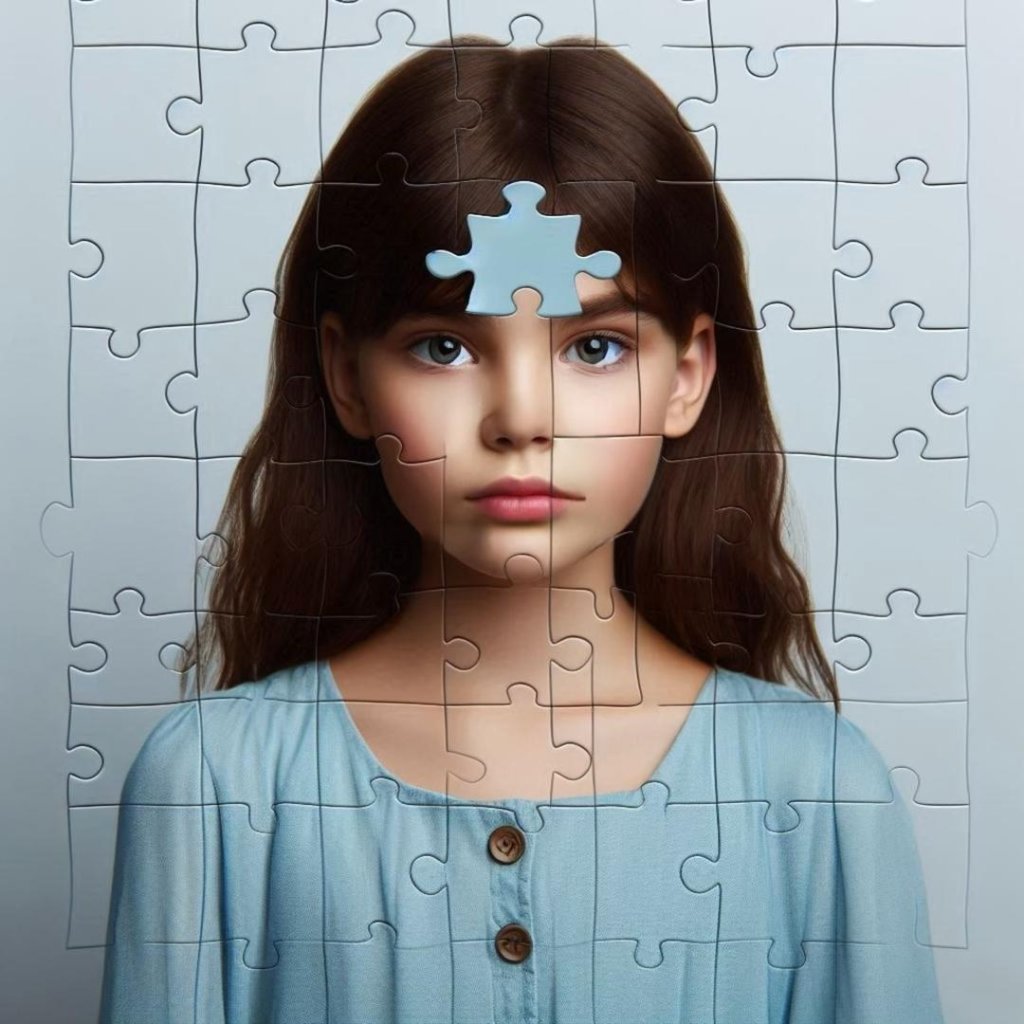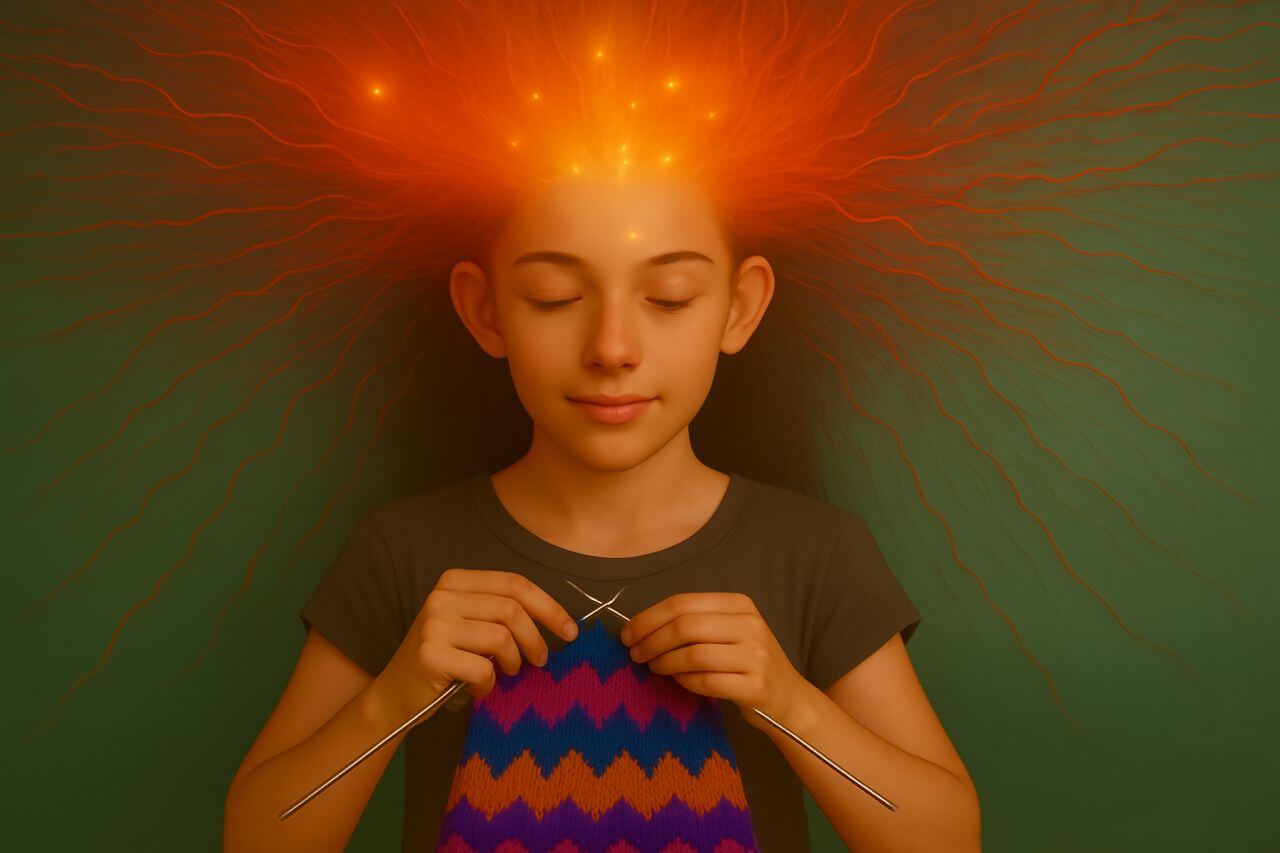
Autism: Understanding the Challenges, Celebrating the Strengths
Autism, or Autism Spectrum Disorder (ASD), isn’t just a condition—it’s a way of experiencing the world. For children with autism, school can often feel like navigating a maze filled with both obstacles and opportunities. Their journey demands creativity, resilience, and tailored support from parents, teachers, and communities. This article delves into the intricacies of autism, exploring the challenges these children face, and shedding light on the immense potential waiting to be unlocked. For a broader understanding of autism and neurodiversity in adults, see The Importance of Understanding Autism and Neurodiversity in Older Adults.
Communication: Bridging the Gap

For many children with autism, communication feels like an unfamiliar and elusive language. While some struggle to find the words to express their thoughts, others face difficulties in interpreting facial expressions or body language. According to research from the National Autism Center, approximately 40% of children with autism are non-verbal, highlighting the importance of alternative communication strategies.
What Helps?
Tools such as visual aids, communication boards, or apps can provide children with the means to articulate their thoughts. For example, James, a young boy with autism, uses a tablet loaded with icons and images to express his needs. With this support, his world of silent frustration transformed into one of shared understanding and connection.
For insights into the diagnosis of autism and ADHD, explore Robert James’s ADHD and Autism Diagnosis Journey.
The Sensory World: Too Loud, Too Bright, Too Much

Imagine walking into a classroom where the overhead lights feel like a spotlight, the chatter of students sounds deafening, and the texture of the chairs is unbearable. For children with autism, heightened sensory sensitivities can turn everyday environments into overwhelming experiences. Studies show that nearly 75% of individuals with autism struggle with sensory processing challenges.
Creating a Sanctuary:
Sensory-friendly classrooms are game-changers. Dimming the lights, reducing noise levels, and providing tools like noise-canceling headphones or weighted blankets help children feel safe and focused.
A Story Worth Sharing:
Emma, an eight-year-old, once dreaded the chaos of her school cafeteria. Her teachers introduced “sensory breaks” in a quiet, calming space. Now, Emma recharges before returning to class with newfound confidence and focus. Small accommodations can make all the difference.
For more support and resources tailored to children with autism, visit the Autism Services for Children section of Eton Psychiatrists.
Structure: Finding Comfort in Routine
For many children with autism, routine isn’t just a preference—it’s a necessity. Predictable schedules provide stability and comfort in a world that can often feel unpredictable. Sudden changes, however minor, can lead to feelings of anxiety or distress.
Tailoring Structure:
Visual schedules, clear instructions, and consistency create a sense of control. But flexibility is just as important—introducing changes gradually in supportive environments builds resilience.
An Example of Strength:
Liam, a 12-year-old with autism, thrives on his daily routine of organizing his school supplies in a specific order before class starts. This structured approach empowers him to tackle the day confidently.
For an exploration of overlaps between autism and ADHD, check out Key Similarities Between Autism and ADHD.
Social Interactions: Decoding the Unspoken Rules
Social situations can feel like an unscripted play for children with autism, where cues are hard to grasp and responses don’t follow conventional patterns. This challenge often leads to misunderstandings or social withdrawal.
Breaking Barriers:
Guided group activities, role-playing games, and patient mentors make a significant impact. Encouraging positive peer interactions and fostering inclusive spaces transforms discomfort into meaningful connections.
A Collaborative Win:
During a group art project, Sarah, a girl with autism, was assigned to mix colors. With her peers’ encouragement and the teacher’s guidance, she felt included and appreciated—a small moment with a lasting impact.
To learn how autism can coexist with ADHD and how to navigate this journey, visit Exploring ADHD and Autism: Navigating Challenges and Embracing Strengths.
Unlocking Individual Potential: Tailored Educational Approaches

No two children with autism are the same, and their educational needs reflect this diversity. Generalized teaching methods often fail to engage them, emphasizing the need for personalized learning plans.
Personalized Paths to Success:
Individualized Education Plans (IEPs) are the cornerstone of autism-friendly education. Combining structured routines with creative outlets—such as art therapy or interactive technology—keeps children engaged while nurturing their abilities.
Empowering Growth:
Oliver, a teenager passionate about astronomy, thrived in a program tailored to his interests. With dedicated sessions for exploring space and using software to create star charts, his confidence skyrocketed.
For adult-focused autism services, explore the Adult Autism Section.
Celebrating Strengths: Autism’s Hidden Superpowers

Autism is not just about challenges—it’s about extraordinary abilities. Whether it’s an unwavering focus on a topic or a remarkable attention to detail, individuals with autism often possess traits that set them apart.
From Struggles to Strengths:
Sophia, whose affinity for patterns blossomed into a talent for coding, and Max, whose love for nature led to stunning botanical illustrations, are just a few examples of how autism can unlock unique potential.
For more inspiring stories, read Living in Duality: Navigating Life with ADHD and Autism.
Conclusion: Building a World of Understanding
Autism invites us to rethink traditional approaches to education and inclusion. By recognizing and celebrating differences, providing tailored support, and embracing neurodiversity, we unlock not only individual potential but also a richer, more compassionate society.
Children with autism have stories to tell, gifts to share, and dreams to pursue. It’s up to us to listen, to support, and to empower them in their journeys. Together, we can build a world where every child—no matter how they experience it—feels valued, understood, and capable of greatness.
For information on how to support neurodiverse individuals in education, visit the Eton Psychiatry Services Section.



